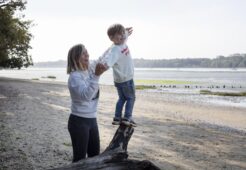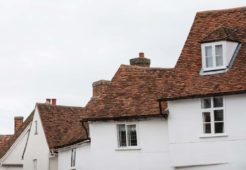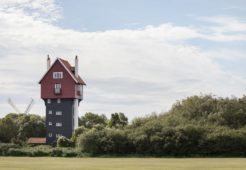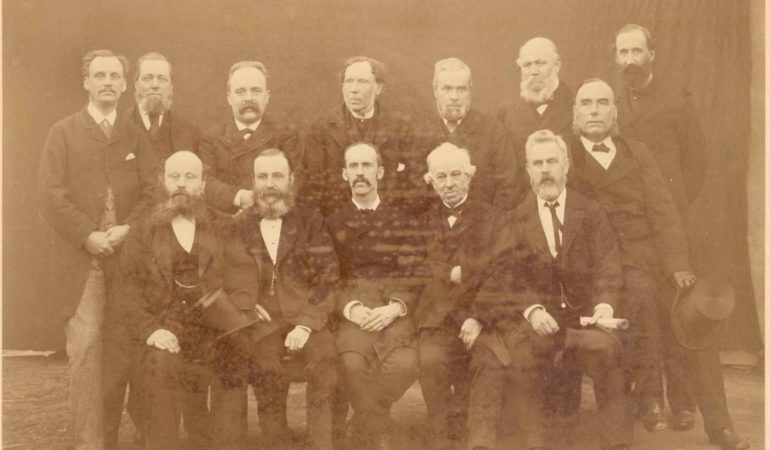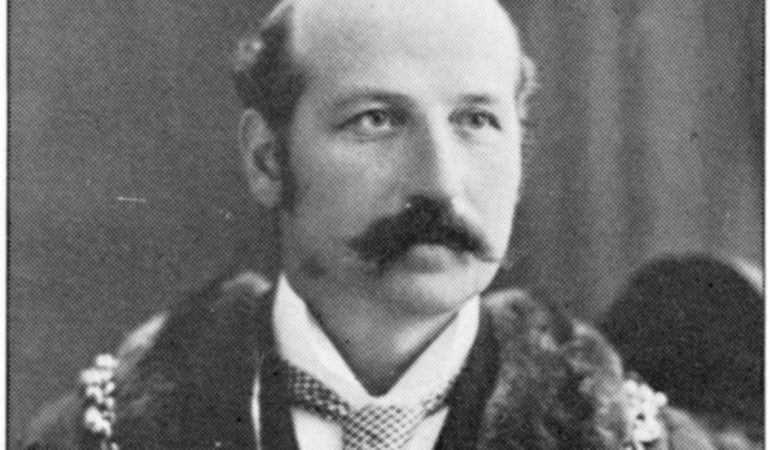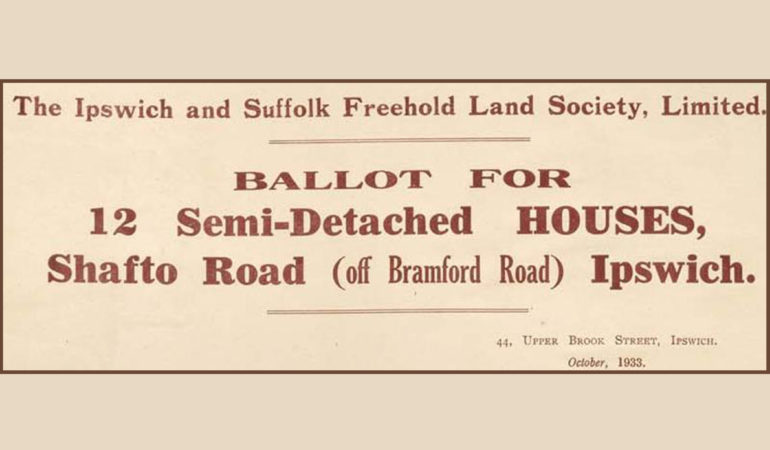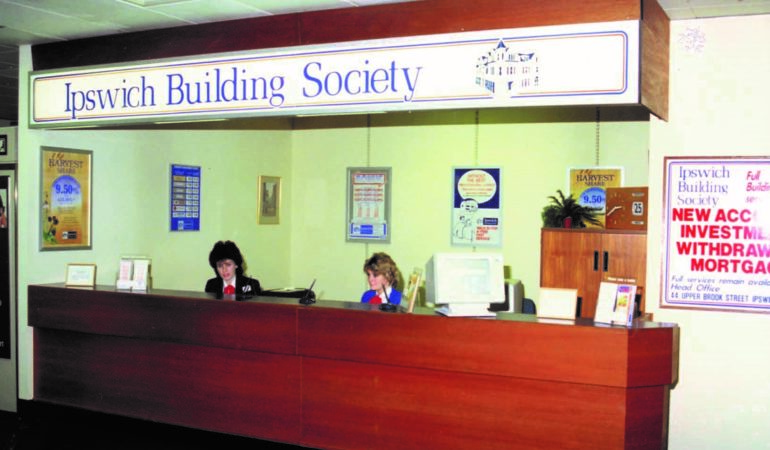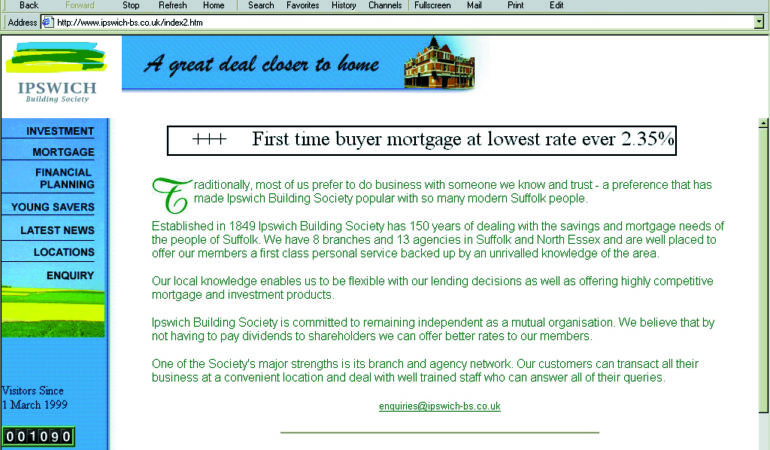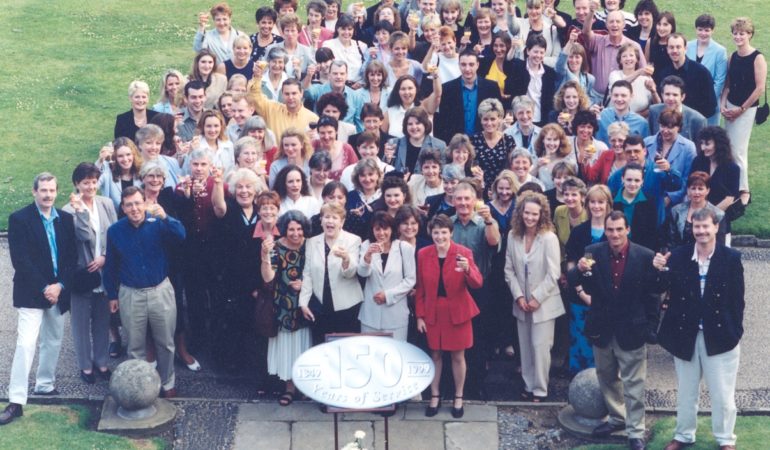The Ipswich & Suffolk Freehold Land Society (FLS) held the first meeting on Tuesday 4 December. The president was Richard Dykes Alexander, the head of the ‘Alexander’ Banking family. The Recapitulation Book was first updated with the daily investments on 11 December 1849, with the same journal still updated monthly to this day.
Founded in 1849. Still here today.
Suffolk Building Society was established in 1849 as the Ipswich & Suffolk Freehold Land Society, as part of a national movement to create ‘forty-shilling freeholders’ – giving the ordinary man the chance to buy enough land to enable him to vote.
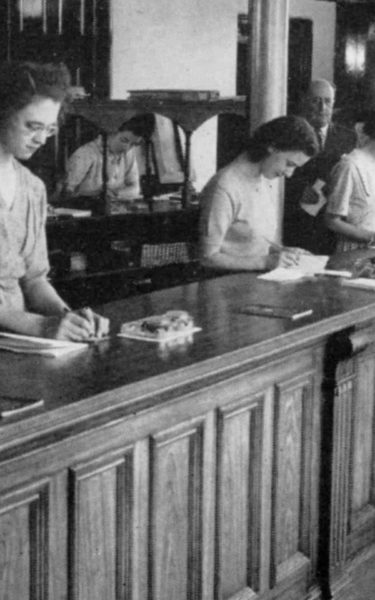
The Society’s declared aim was to “improve the social position and promote the moral elevation of the unenfranchised population of this country”. People would be able to invest their savings with the Society, with that money being used to purchase areas of freehold land.
This land would be divided into plots of sufficient size to confer its owner the right to vote. Through the Ipswich & Suffolk Permanent Benefit Building Society arm we assisted members with affordable mortgages to help with their purchase.
Now, over 170 years on, Suffolk Building Society still exists to benefit our members – now and for the future, helping them to buy a home and save their money with an organisation they can trust.
Heritage
A short story about
our heritage.
At the first meeting on 4 December 1849 at the Ipswich Temperance Hall (demolished 1964), the Society enrolled 140 members with 150 shares taken. Within a week this had increased to 400 shares.
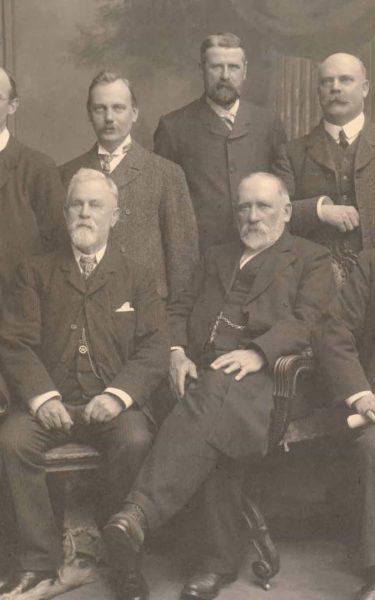
SUFFOLK BUILDING SOCIETY
Our name through the ages.
We’ve not always been called Suffolk Building Society, but we’ve always been a mutual organisation rooted in our local community.
1849
Ipswich and Suffolk Permanent Benefit Building Society and Ipswich and Suffolk Freehold Land Society established
1969
‘Permanent Benefit’ cut from the name, resulting in Ipswich & Suffolk Building Society
1975
Took in Ipswich & District Building Society, resulting in Ipswich Building Society
2021
Renamed Suffolk Building Society
Research
Access our archives.
Our large archive is on permanent loan to Suffolk Archives, ensuring it remains accessible to the public. It is one of the most useful and diverse collections available, especially for property history researchers. The principal contents of the archive are FLS estate plans and some house plans & specifications, ballot notices, minute books, mortgages and over 300 bundles of title deeds to estates across the county, though with a bias towards East Suffolk.
The contents of the collection is fully catalogued on CALM and can be searched on the Suffolk Archives website, reference GF419.
If you are undertaking research please note we are unable to assist with individual enquiries and do advise you to search our collection through Suffolk Archives.
Estate plans usually show name of estate, date, size and price of individual plots and are often marked in pencil with the name of the Member to whom each plot was balloted.
Ballot Notices give full details (including price and fortnightly repayment amounts) of property to be balloted and date, time and place of ballot. In the case of ballots for FLS houses a description of accommodation and local facilities is often included. Occasionally ballot notices include drawings of front elevation of houses.
There are also a number of loose architect’s specifications and plans and/or drawings for houses built by the I & SFLS. Details of these can be found at Reference GF419/FLS1849/3/4 & GF419/FLS1849/3/5.
2. Check relevant Minute Books for details of Estate development and ballot.
3. Identify bundle of title deeds retained by I & SFLS for earlier history of land.
4. Check mortgages for details of early owners of plot of land and/or house.
Contents of the collection is fully catalogued on CALM and can be searched on the Suffolk Archives website: https://www.suffolkarchives.co.uk/
More about us
Get to know us better.
We’re proud to be a mutual organisation, founded in 1849 by a group of Ipswich businessmen to help the local community to prosper. It’s a simple ethos and one we are still rooted by today.
From the blog
Latest news and information.
Our blog contains the latest goings-on and updates across the Society, so here’s where you can check out our latest community news.
Or, if you want to see more, take a look at all of our blogs.


